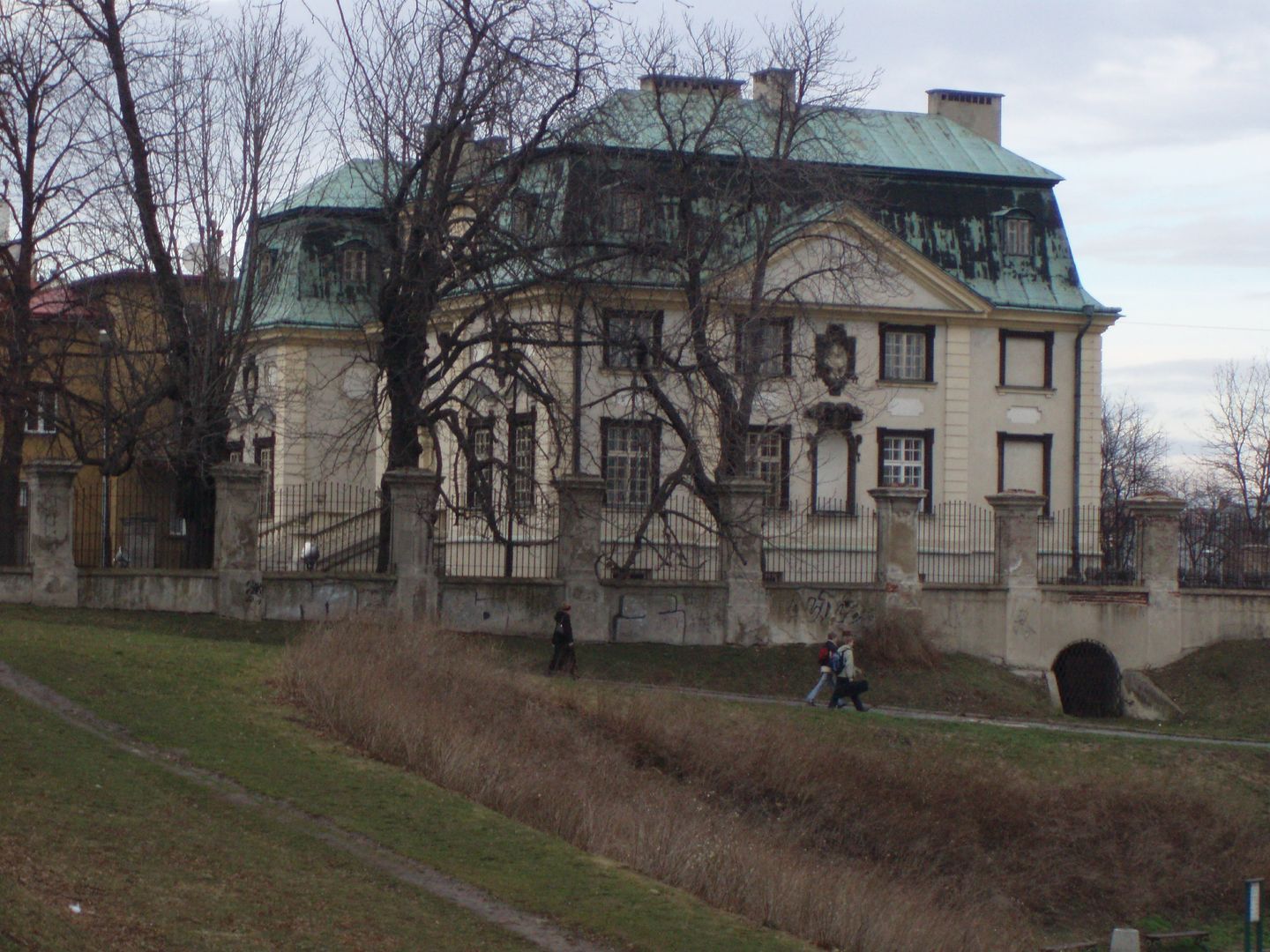Lubomirski Summer Palace in Rzeszów
8.09

Overview
The Lubomirski Summer Palace in Rzeszów is a historic aristocratic residence in the late Baroque style with Rococo elements, built at the turn of the 17th and 18th centuries on the orders of Hieronim Augustyn Lubomirski. Located near the castle, the palace was intended to serve as an alternative residence for hosting guests and organizing entertainment. A characteristic feature of its architecture is its H-shaped layout, designed by the architect Tylman van Gameren, who also created the façade adorned with busts of the owners. In the 18th century, the palace was expanded in the maison de plaisance style for Jerzy Ignacy Lubomirski, enriched with a garden featuring an orangery and a Chinese-style gazebo. Over time, the palace frequently changed owners and underwent numerous transformations, including the tragic consequences of a fire in 1906, which destroyed many of its interiors. During the interwar period, it served as the command of the Rzeszów garrison, and during World War II, it was used as a field hospital. After the war, the building became the headquarters of the Polish Red Cross and educational institutions such as the Regional Center for Medical Staff Training. In later years, after the palace was handed over to the University of Rzeszów, a comprehensive restoration began, which restored some of the historical elements. Architecturally, the palace stands out with its three-story structure on a plinth, decorated with risalits and details in the late Baroque style. The interior, after numerous reconstructions, has lost much of its original ornamentation, though it is known for its unfortunate history as a small theater for guests. The palace is surrounded by a fence that was once adorned with stone vases. Valuable architectural details and a rich history make the Lubomirski Summer Palace a significant cultural landmark of Rzeszów and a unique example of aristocratic architecture in Poland.
Location
Tickets
Powered by GetYourGuide
2025 Wizytor | All Rights Reserved